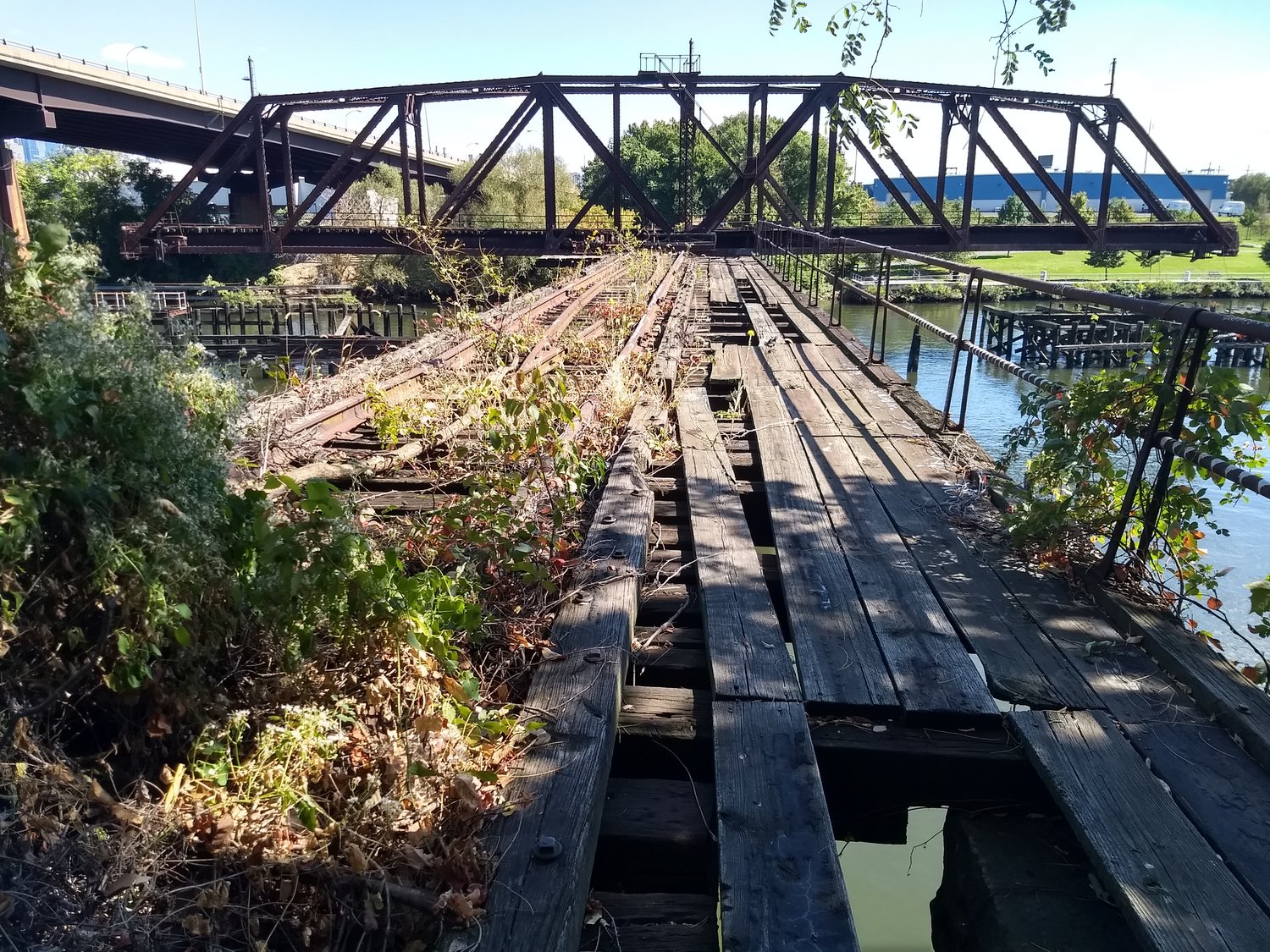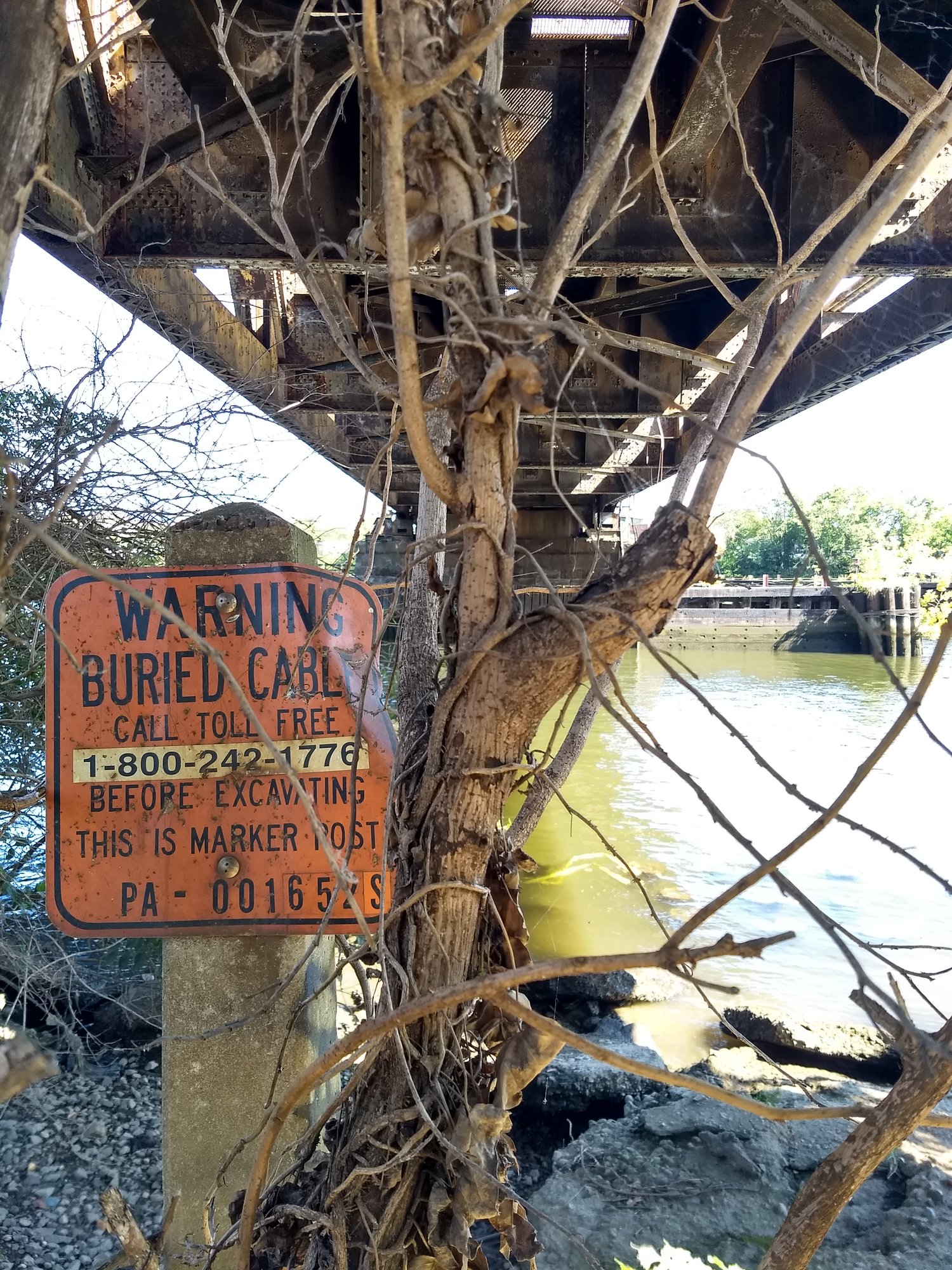Building an Understanding of the Environment
October 3, 2017

Having the opportunity to work with craftspeople in India using materials such as bamboo, mud and iron -- materials with a comprehensible relationship to one’s immediate environment -- forced me to question aspects of my practice as an architect. Using salvaged material from abandoned houses in Detroit to design and build a pavilion structure in Michigan posed further challenges to my understanding of building design and construction. To me, these experiences demonstrated a disengagement between contemporary architectural practices and ecological processes.
Contemporary architecture has developed through a series of estrangements from pre-modern making practices which were characterized by a bodily and material engagement with the environment. The consistent use of scaled and dimensioned plans marked the first estrangement of building design from building construction (Carpo 2011). With the use of dimensioned drawings, the person deciding what the building was to look like no longer needed to be the person working with building materials. A second estrangement occurred in the split between the design of the built form by the architect through drawing and the design of its structure by the engineer through calculation (Frampton 1973). While the architect designed the form of the building, the engineer modeled its structural behavior.
If building is a modification of the environment, each of these estrangements increasingly disengaged architecture from the environment. Designing a building by drawing means that its form is determined without direct engagement with building materials. Designing form and structure separately isolates different roles of the building in the environment. Underlying these developments in architecture is the philosophical belief that the form of something can be considered separately from the material that constitutes that form. This architectural approach to form and material is opposite to that of making practices which involve direct material and environmental engagement in the creation of form (Ingold 2013).

Through my research, I plan to engage in a design and construction process predicated on material that integrates formal and structural design to build small sculptural bridges on the banks of the Schuylkill River. Such an approach will allow me to use material obtained from around the river with minimal modification to create a structure that demonstrates a relationship to its environment. Locating these sculptural bridges in the vicinity of the many bridges that cross the Schuylkill will highlight the differences between the results of environmentally-engaged and environmentally-disengaged design processes.
---
Ayodh Kamath is a student in the architecture PhD program at PennDesign interested in the relationship between information, material and energy.
Works Cited:
Carpo, Mario. The Alphabet and the Algorithm. Cambridge: MIT Press, 2011.
Frampton, Kenneth. "Industrialization and the Crisis in Architecture." Oppositions 1 (1973): 57-81.
Ingold, Tim. Making: Anthropology, Archaeology, Art and Architecture. New York: Routledge, 2013.
Kamath, Ayodh Vasant. "Harnessing Information and Material Flows through Digital Design and Fabrication to Upcycle Reclaimed Timber." Spaces and Flows 7.4 (2016): 57-67.
TAGGED: ARCHITECTURE, MATERIAL ECOLOGY, DESIGN, MAKING
